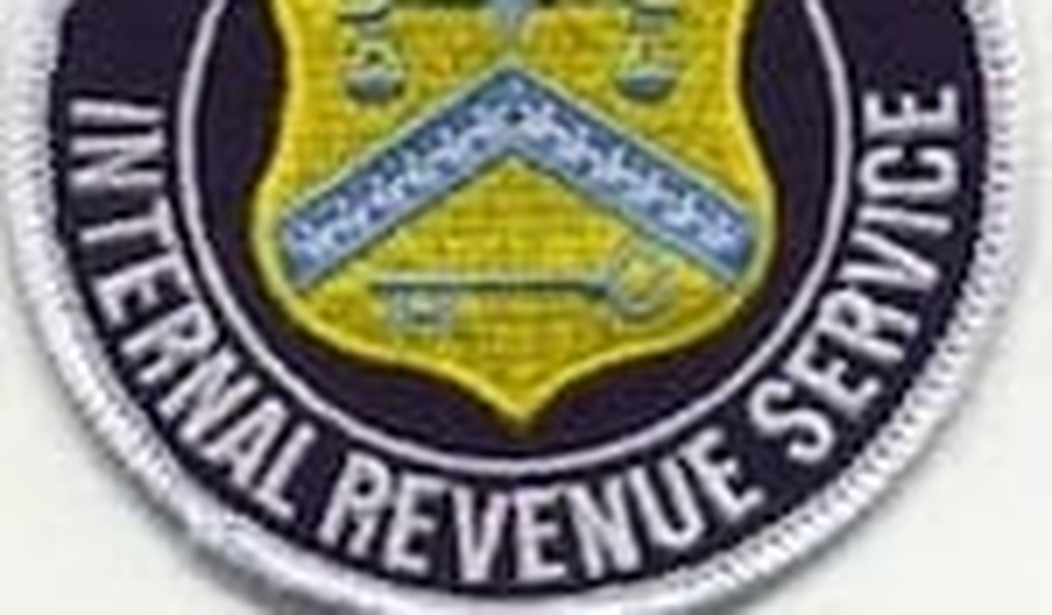As the American colonial economy grew, the British Crown imposed duties on molasses, rum, sugar, wine, newspapers, legal documents, licenses, and playing cards.
Even more taxes were then imposed on glass, lead, paper, paint, and tea, leading to the Boston Tea Party, resulting in the closing of the Eastern port and imposed British military command.
The American Revolutionary War cry went out: Taxation without representation is slavery!
The founders of the new United States limited federal taxing power. Early 19th century revenue was based on import tariffs and some internal taxes on distilled spirits, tobacco, refined sugar, auctioned property, corporate bonds, carriages, and slaves.
The War of 1812 brought the first sales taxes on gold, watches, jewelry, and silverware.
In 1817, Congress revoked most taxes, with tariffs on imported goods sufficient to run the government.
In 1862, the Civil War effort led to sales and excise taxes, and the nation’s first income tax — with a progressive rate of 3% for most earners. The “inheritance” tax also made its debut, and the commissioner of Internal Revenue was given the power to assess, levy, and collect taxes through seizure of property and income, and prosecution.
Congress eliminated the income tax in 1872. Revived in 1894, the U.S. Supreme Court decided the next year that the income tax was unconstitutional because it was not apportioned among the states in conformity with the Constitution.
In 1913, the 16th Amendment to the Constitution gave Congress legal authority to tax income of both individuals and corporations. The top marginal tax rate was 7% and the entire tax collected was $28 million.
By fiscal year 1918, collections hit the billion-dollar mark, rising to $5.4 billion by 1920.
The withholding tax on wages was introduced in 1943, and the war-time economy increased the number of taxpayers to 60 million and tax revenue to $43 billion by 1945.
President John F. Kennedy cut tax rates, and in 1962 delivered his famous speech promoting low taxes.
In 1981, President Ronald Reagan signed the largest tax cut in U.S. history, and in 1986 he brought the top tax rate on individual income down from 50% to 28%, the lowest it had been since 1916, sparking decades of economic productivity.
President George H. W. Bush, who had famously pledged “read my lips, no new taxes,” came to regret his 1990 budget deal with Democrats that included “tax revenue increases.”
President Bill Clinton cut capital gains taxes for individuals, and provided child tax credits and incentives for education.
In 2001, President George W. Bush saved taxpayers $1.3 trillion over ten years, cutting the top four tax rates (28% to 25%; 31% to 28%; 36% to 33%; and 39.6% to 35%) and creating a new low rate of 10%.
Then came the Affordable Care Act of 2010. Though a tax on individuals based solely on their decision not to buy health insurance is a direct tax on individuals disallowed by the U.S. Constitution, Chief Justice John Roberts controversially ruled that the new healthcare tax is indirect because not everyone will have to pay it.
Obamacare imposes taxes on investment income, medicare payroll taxes, individuals, employers, health insurers, medical device makers, drug companies, medical bills, special needs parents, health savings accounts withdrawals, indoor tanning services, charitable hospitals, and more.
The 2013 Congressional fiscal cliff deal resulted in a rise in payroll taxes to 6.2% (from 4.2% in 2012), hurting all working Americans. The top income tax rates also rose back to 39%.
And the 2013 Senate Democrat and Obama budgets propose roughly one trillion dollars in new taxes over ten years.
Bloated federal spending, a massive national debt, and unfunded liabilities for entitlement programs that Mr. Obama resists reforming promise to keep taxes high on current and future workers. Washington continues to resist a flat tax that would simplify the tax code.
We are taxed on accounts receivable, alcohol, art, birth, books, buildings, cars, clothes, computers, death, dining, education, energy, entertainment, food, fuel, health care, hotel stays, active and passive income, luxuries, marriages, Medicare, real property, recreation, social security, sales, transportation, travel, watercraft, wells, and workmen’s compensation.
Add in local, city, county, state, and federal taxes, and a range of assessments, enhancements, fees, fines, licenses, permits, and tolls.
The massive estate tax crushes family farms and small businesses; that’s taxation even without respiration. Compliance costs for all taxpayers result in lost national productivity.
The U.S. corporate tax rate is the highest among Western economies, stunting economic growth and job creation.
Proposals abound for additional new taxes on carbon emissions, internet sales, vehicle miles driven, land, wealth, savings, financial transactions, and for exit taxes for those departing high tax states and the U.S. for lower tax havens.
The UN wants to impose a global poverty tax on citizens.
Cyprus now grabs savings deposits from account holders. France has raised the top income tax rate to 75%, causing an exodus of earners.
Government avarice has no limits. Former U.S. Chief Justice John Marshall once expressed the fundamental axiom that the power to tax involves the power to destroy. Our greatest economist, Milton Friedman, taught that what we tax, we get less of. He noted that we now have a system that increasingly taxes work, and subsidizes not working.
U.S. Senator Marco Rubio (R-FL) repeats a truism: We need not more taxes, but more taxpayers.
The Tea Party will be back.









Join the conversation as a VIP Member